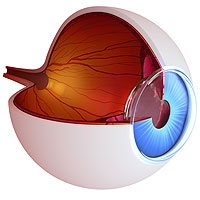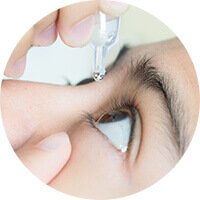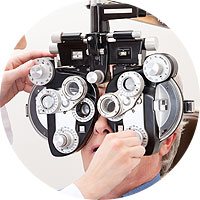
Cataract surgery is one of the most common medical procedures in the world. It is incredibly safe and effective.
Its success is due to its long, extensive history and how well eye surgeons understand it. But that doesn’t mean there aren’t still advancements happening in cataract surgery.
Recently laser technology has entered the world of eyecare. Cataract surgery, like other eye procedures, has benefited from the new tech.
Keep reading to learn more about laser cataract surgery and if it is right for you!
What is Different Between Traditional vs. Laser-Assisted Cataract Surgery
Cataract surgery involves removing the lens of the eye and replacing it with an intraocular lens or IOL. It is the only way to treat cataracts because they are a part of the lens.
They develop as proteins in the lens break down and clump together. They are impossible to remove from the lens because they are a part of the lens itself.
The first step in cataract surgery is to numb your eye with strong anesthetic eye drops. Next, your surgeon creates an opening in your cornea so they can access the lens.
This incision remains attached with a small hinge of tissue so that the surgeon can close it at the end of the surgery. During traditional cataract surgery, they make this incision by hand with a scalpel.
During laser-assisted cataract surgery, your surgeon uses a laser to open the cornea. A laser making the incision in your cornea is much more precise than having it done by hand.
This enhanced precision makes the procedure shorter and could lead to better placement of your IOL.
What is the Same Between Traditional vs. Laser-Assisted Cataract Surgery
The incision needs to be small to help you heal faster. Because the incision is so tiny, the natural lens must get broken apart before removal.
To make removal of the lens possible, it gets broken into smaller pieces. Your surgeon breaks it up through a process called phacoemulsification.
Phacoemulsification gets used in both traditional and laser-assisted cataract surgery. But, the surgeon may use a laser to soften the lens during laser-assisted.
Once the lens is small enough to fit through the opening, the pieces are gently removed using suction. Finally, the intraocular lens or IOL you select before your surgery date gets placed in your eye.
Then, your surgeon can close the incision in your cornea and send you home to heal. Stitches are not required after cataract surgery. The incision will reattach and heal on its own.
Which is Right For You?
Both traditional and laser-assisted cataract surgery can produce incredible outcomes. There is no discernible difference in the rate of complications after surgery.
But laser-assisted cataract surgery allows for more precision and reduces the procedure time. It may also help give you more correction than traditional cataract surgery.
Laser cataract surgery could be right for you. Schedule a cataract screening at Eye Care Specialists in Scranton, PA, to learn more about cataract surgery and which is best for you!

















